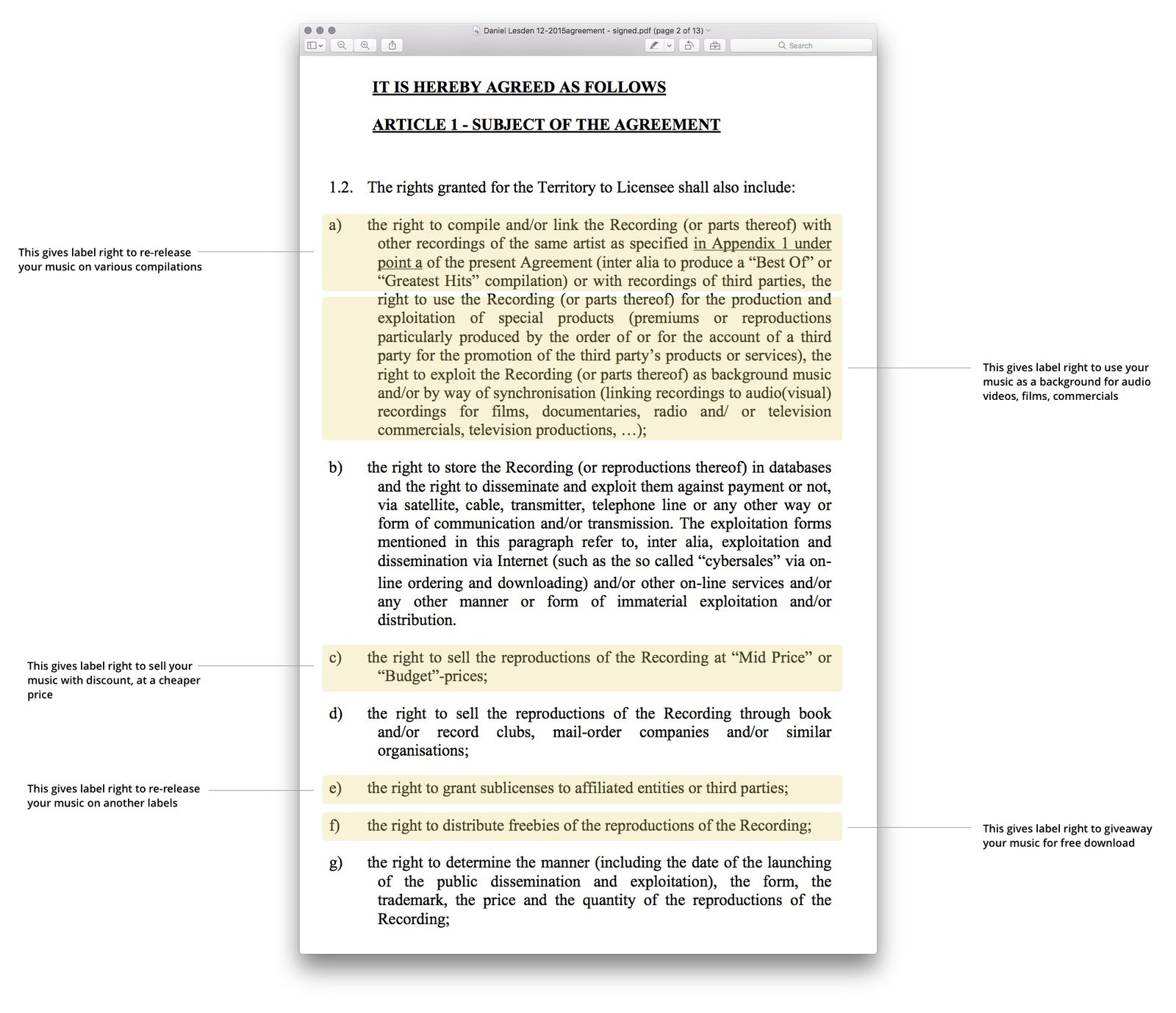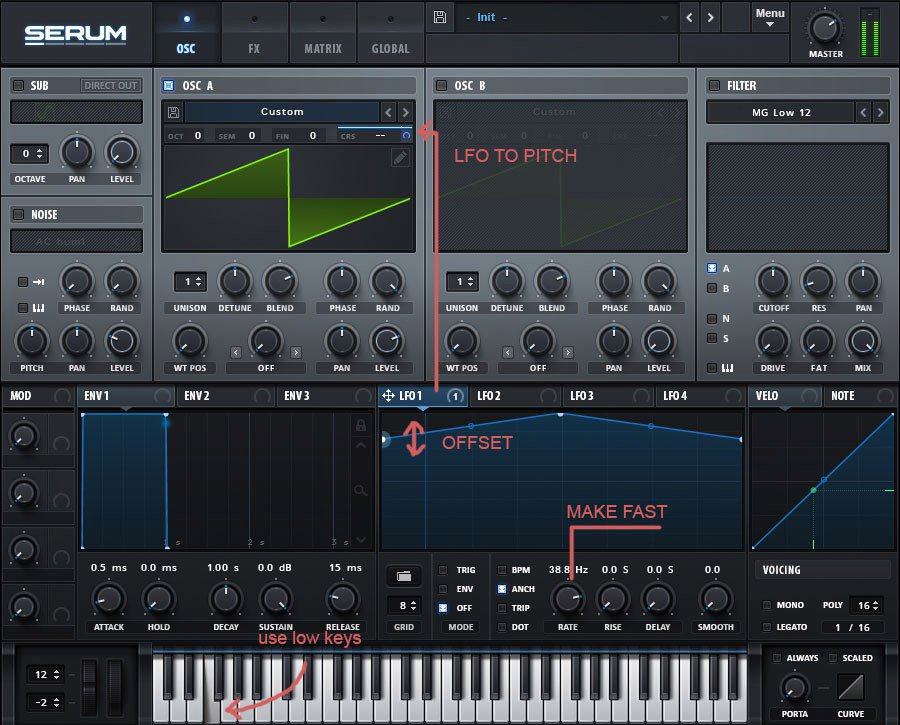Energy levels in a DJ mix explained
How to change the dynamics of a set using the mixing techniques
The easiest way to control the energy of a mix is to choose the appropriate tracks. If you want to raise the energy, you play a more upbeat track; if you want to lower the energy, you take a softer track. It’s simple.
How I organise my DJ library by energy, mood, and structure
But what if a DJ needs to stay in a certain tempo range and energy zone? For example, an opening DJ who can’t push the energy too far. How do you pick and mix tracks so the set is still dynamic and interesting? Why sometimes do cool tracks sound boring together in a mix?
I’ll tell you about two techniques that can help you answer these questions: mix density and harmonic mixing.
Mix density
Mix density is how often the tracks change and how deep they go into each other during transitions. A clear indicator of density is the number of tracks per hour.
Let’s say the average duration of the track is 7 minutes. If, in one hour, a DJ plays just 9-10 tracks, it means he plays them from the very beginning till the very end, so this set might seem sluggish. And if DJ plays 13-15 tracks in an hour, it means the tracks change each other more frequently, so the mix appears to be faster-paced.
Here is an example. Let’s take these two tracks:
Here’s the first option on how to mix them together:
Listen to what’s going on here:
| 2:28 | An 8-bar breakdown with a little transition at the end, a handy indicator for starting the next track |
| 2:43 | Start of the second track |
| 3:46 | Switching bass from track 1 to track 2 |
Now listen to the second version of the mix:
What’s going on here:
| 0:38 | Start of the second track |
| 1:41 | Switching bass from track 1 to track 2 |
Do you feel how much more driving the second version is than the first one? If not, listen carefully. Take your time.
Both versions have exactly the same tracks, but in the second example, the second track starts earlier, almost in the middle of the first track, so the mix sounds denser and more energetic.
Harmonic mixing
Harmonic mixing is the principle of matching tracks based on their keys. If you select tracks in certain keys, then the transition between such tracks sounds musically pleasant. I wrote about it four years ago, read it if you are interested to know more.
However, in the context of this article, we are interested not in principle itself but in the fact that it allows us to control the energy of the mix. We’re talking about energy here, remember?
For example, I’ll put these two tracks together first:
This is what I got:
Note that the tracks have the same key – Em, so switching the bass from the first track to the second track at 1:10 is as seamless as possible.
Now I’ll mix that same track, ‘Driver’, but this time with another track, ‘Delirious’ by Matan Caspi, which is in key Bm. Here’s the track itself:
This is what transition I got:
Here, the transition occurs at 1:10 too, and as the second track has a different key – Bm, this time the bass change immediately seems more energetic, or noticeable at least.
Now comes the most important part. Notice that I didn’t say that any example is better than another. Mix density and harmonic mixings are just tools and nothing else. Sometimes playing several tracks in a row with the same key is good. Sometimes playing just 8 tracks in an hour mix is good. And sometimes, changing the energy using these techniques is good. There is no right and wrong as it’s all situational; however, knowing these tools is crucial for playing good sets.
Mix density and harmonic mixing are the tools in a DJ’s arsenal. They don’t make the sets better or worse on their own, but knowing and using them at the right time is important


Yes, very much so. Other related techniques I use frequently is how quickly I EQ between tracks and (related) how quickly I switch the bass. Especially with less “busy” prog (that Breaking Danger track is a good example because it’s been a regular in my sets) the bass switch doesn’t always need to be absolute/sudden. I’ve found the mix can still sound good with a more gentle/gradual bass switch, as long as there’s a bit of a ‘jump’ at the phrase boundary.
There’s other things I’ve been trying recently too, like double-dropping tracks for an unexpected “wake up” (yes, it was a Drum ‘n’ Bass DJ who first made me think of that), and other “unexpected” mixes every now and then, like keeping both tracks in right up until the incoming track goes to a breakdown, and dropping the outgoing track out at the same moment.
Spot on, Craig!